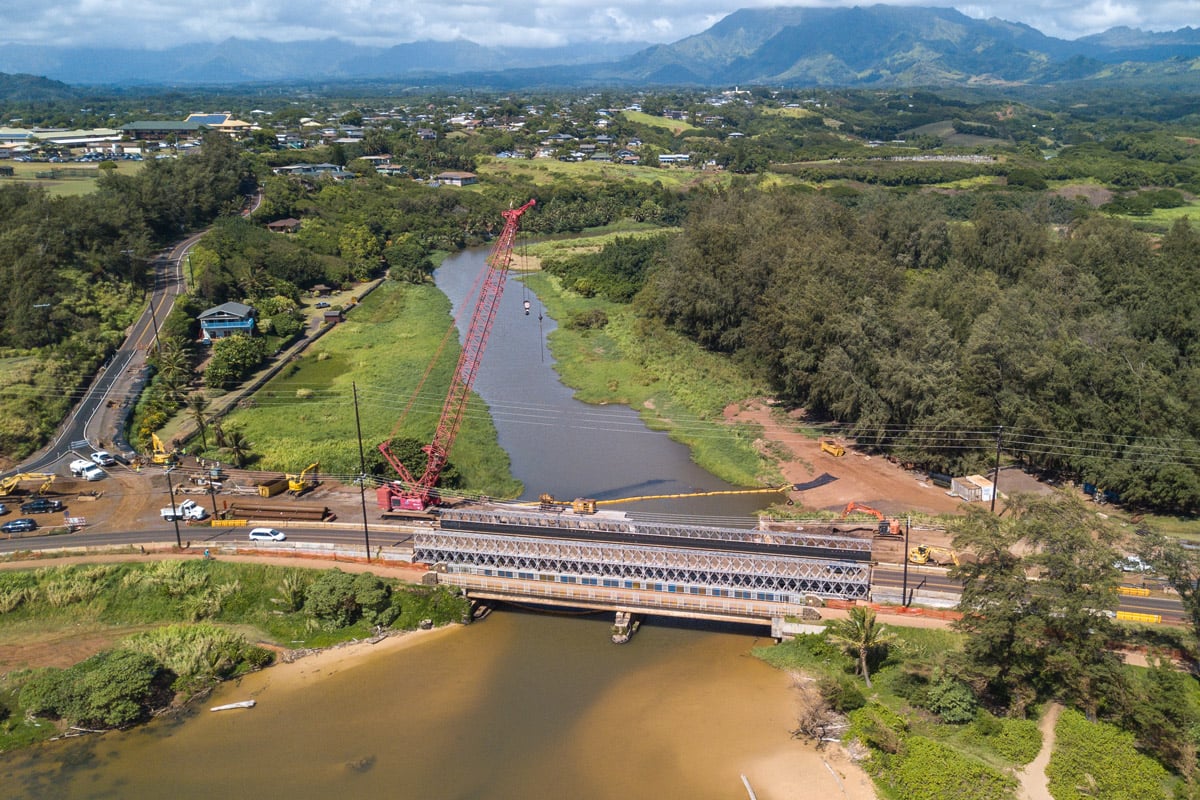

The observed high nutrient levels during low tide conditions are likely associated with nearby upstream cesspools and drain fields. Results reveal localized stagnant water parcels at Mākua Reef where groundwater-derived high nutrient loading and low salinities act in concert as stressors to coralline health – and where Black Band Disease was uniquely identified.

The recent discovery of coral Black Band Disease at Mākua Reef on Kaua‘i, Hawai‘i prompted an investigation into the physicochemical drivers and geomorphic controls of reef water circulation, and the temporally variable nutrient fluxes derived from SGD.

Water circulation and residence times and submarine groundwater discharge (SGD) all determine the degree to which reef organisms are exposed to the variable chemistry of overlying waters understanding these physical controls is thus necessary to interpret spatial patterns in coral health. Pervasive and sustained coral diseases contribute to the systemic degradation of reef ecosystems, however, to date an understanding of the physicochemical controls on a coral disease event is still largely lacking. 4International Atomic Energy Agency, Monaco, Monaco.Petersburg Coastal and Marine Science Center, St. 2Department of Marine Biology, University of Hawai‘i at Mānoa, Honolulu, HI, United States.Geological Survey, Pacific Coastal and Marine Science Center, Santa Cruz, CA, United States


 0 kommentar(er)
0 kommentar(er)
